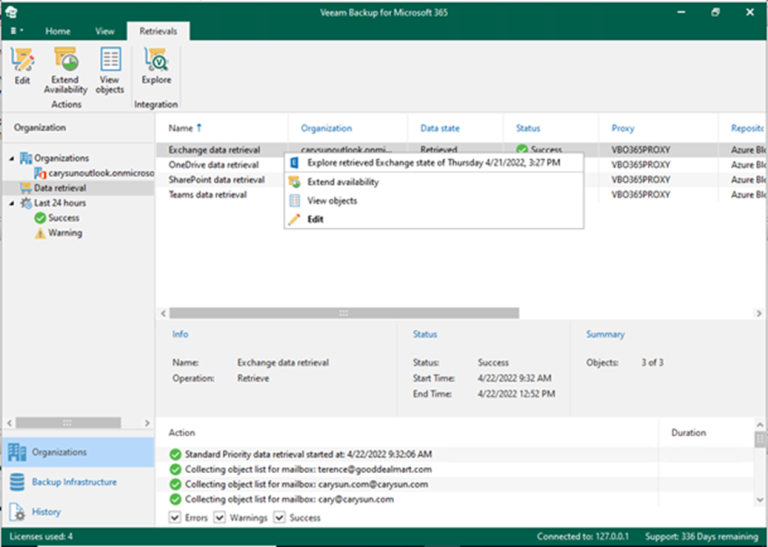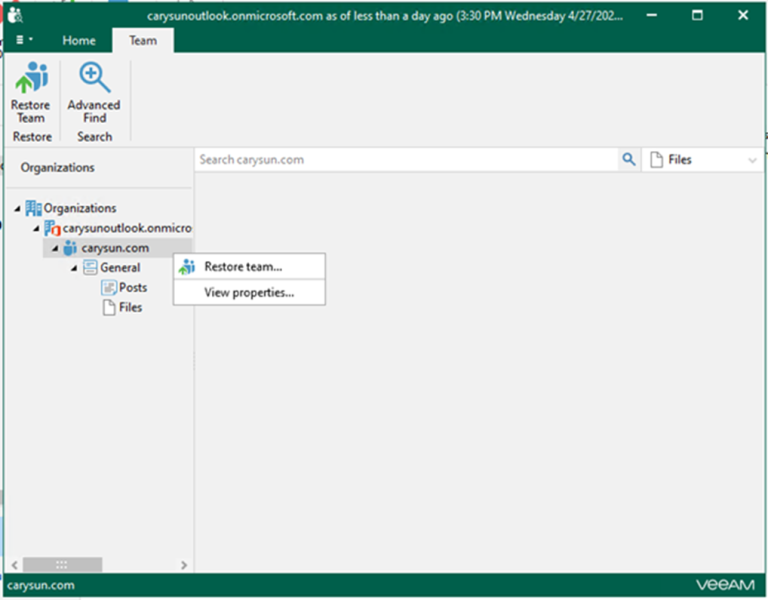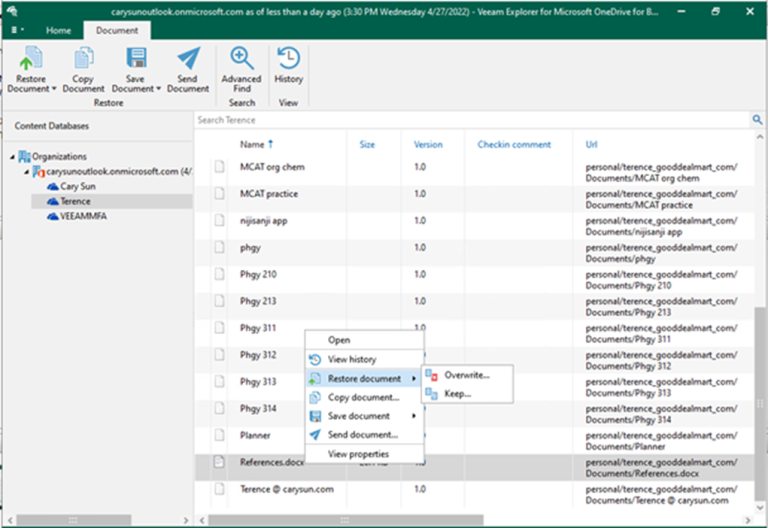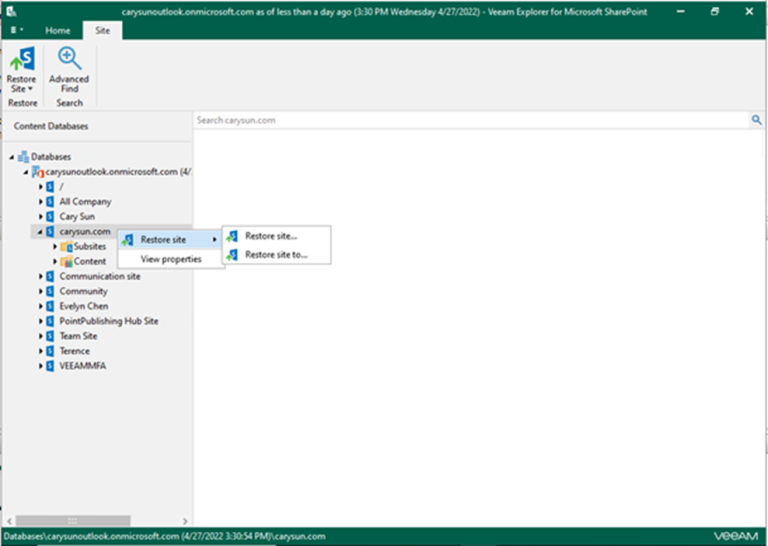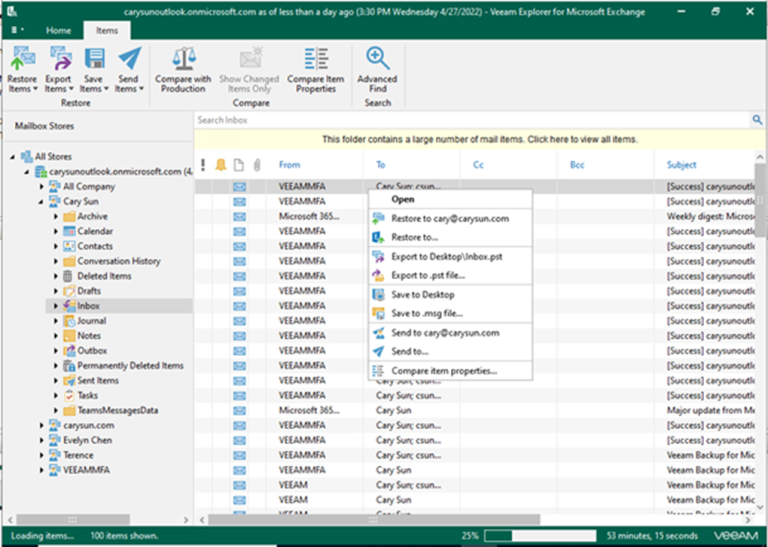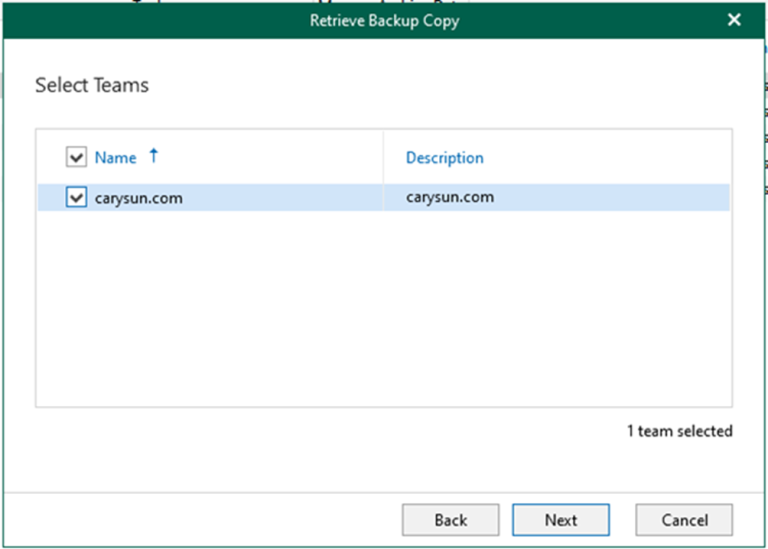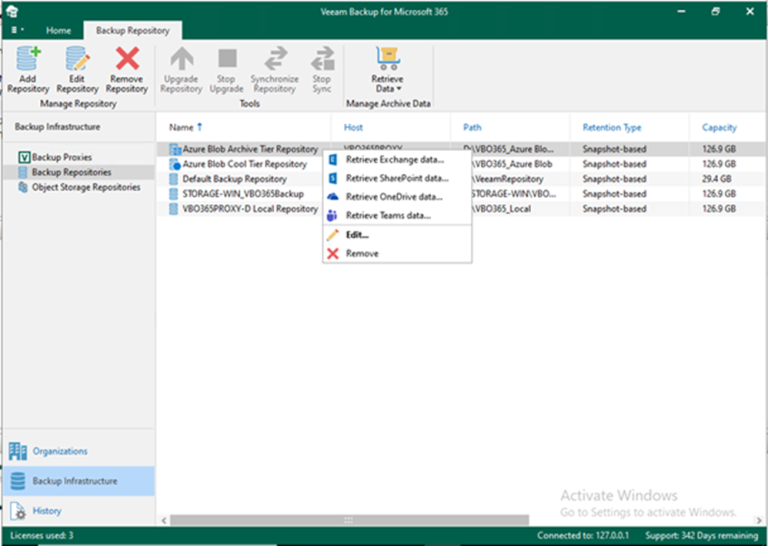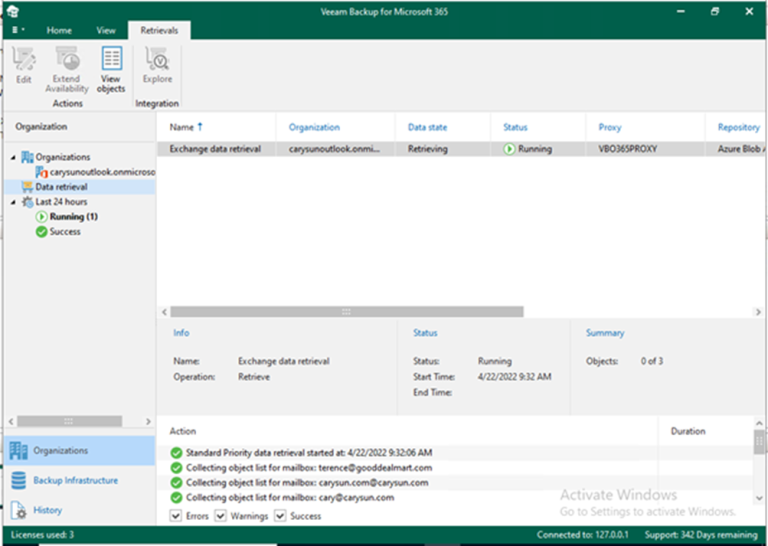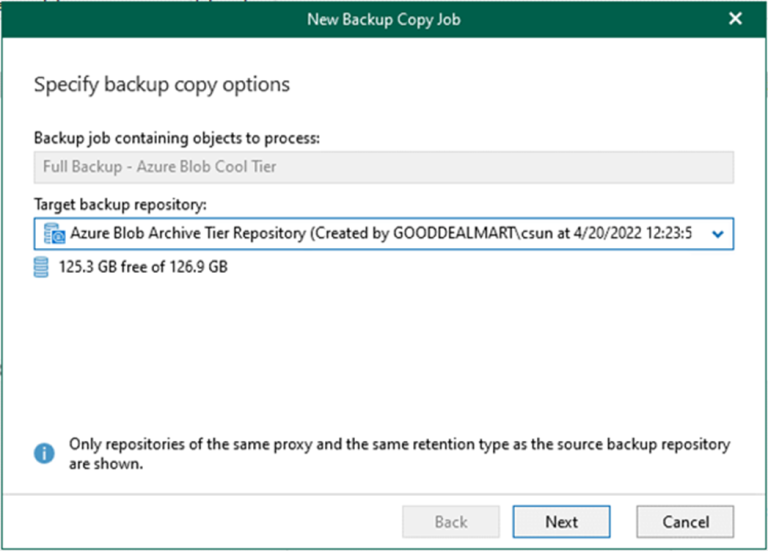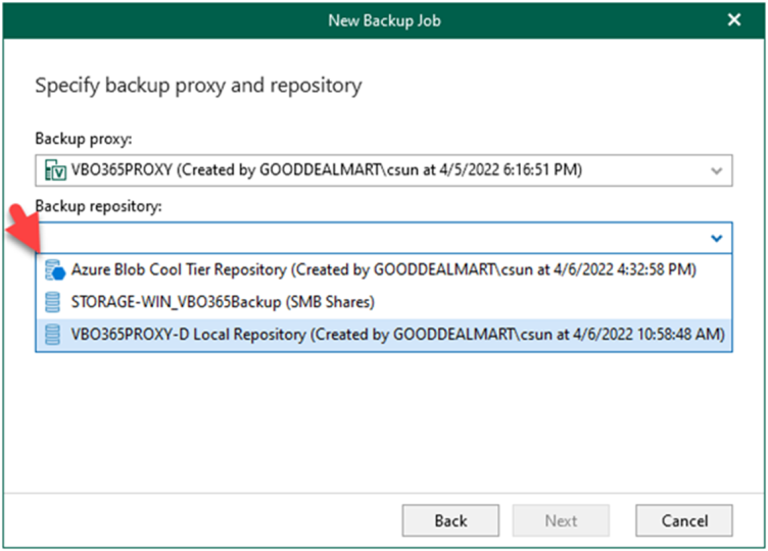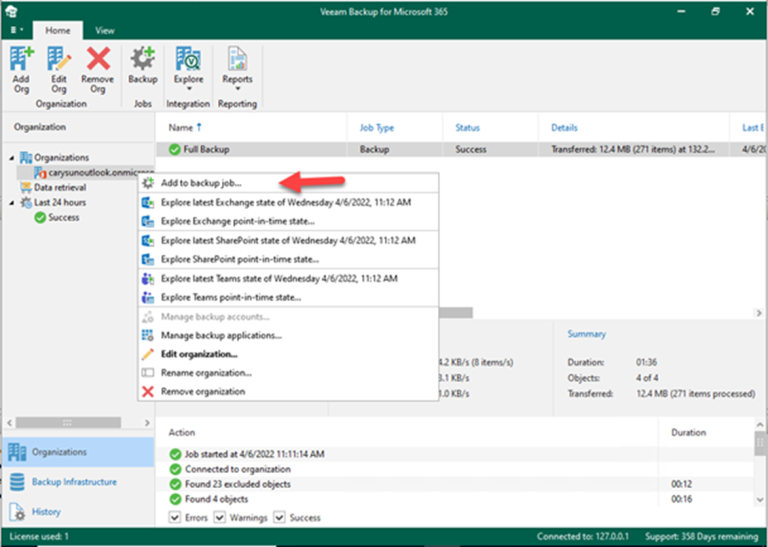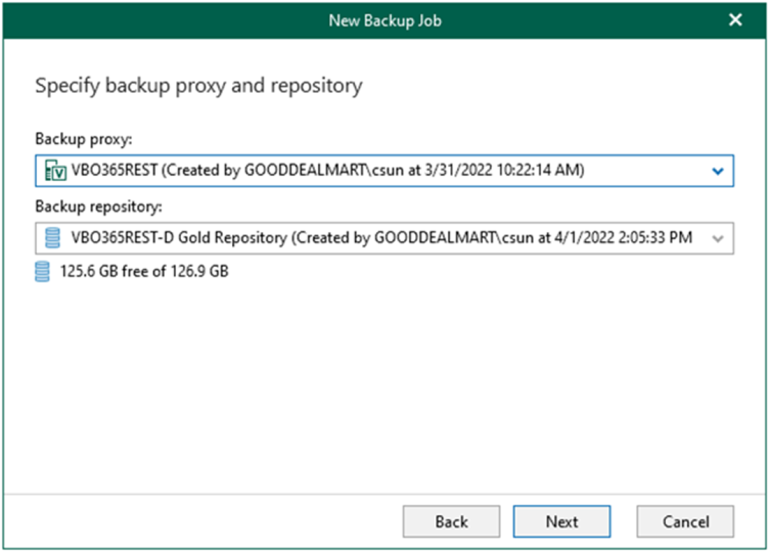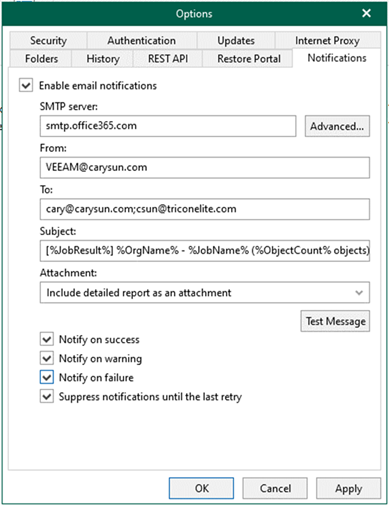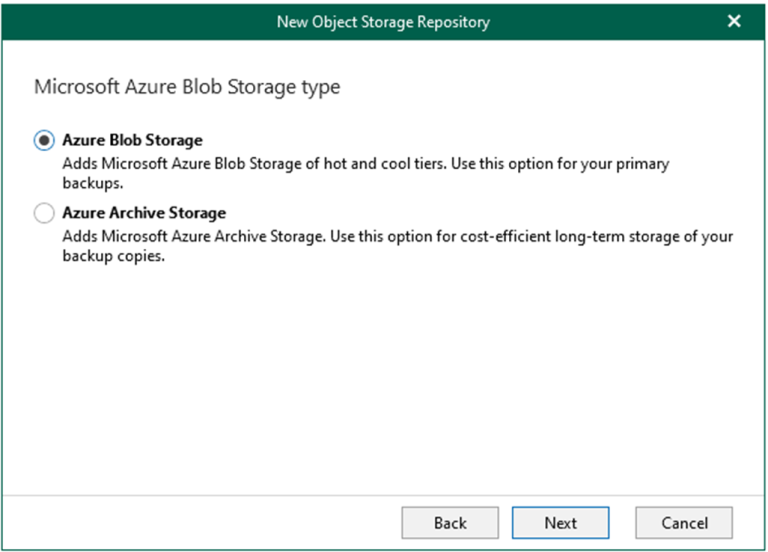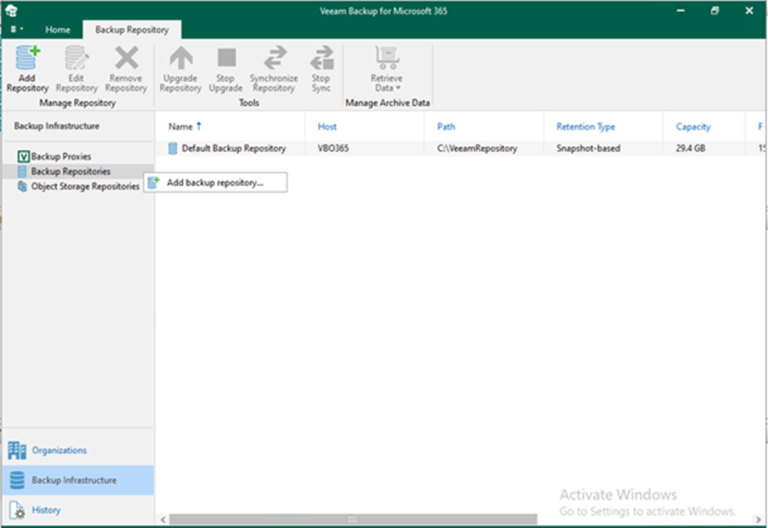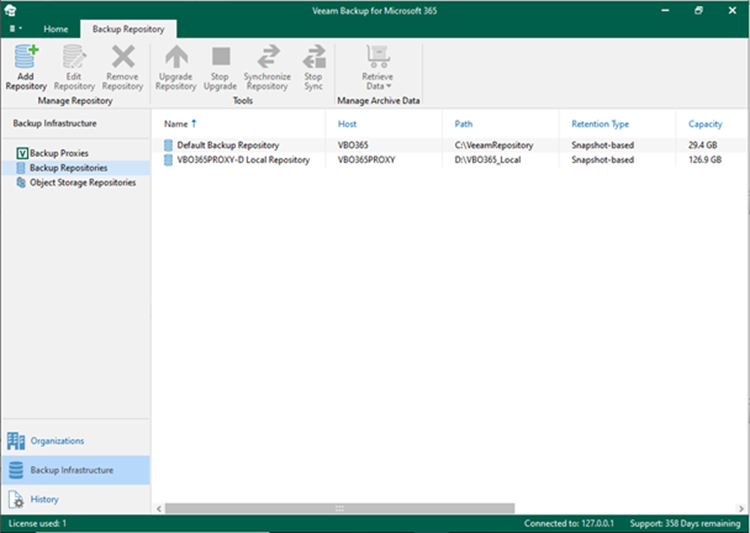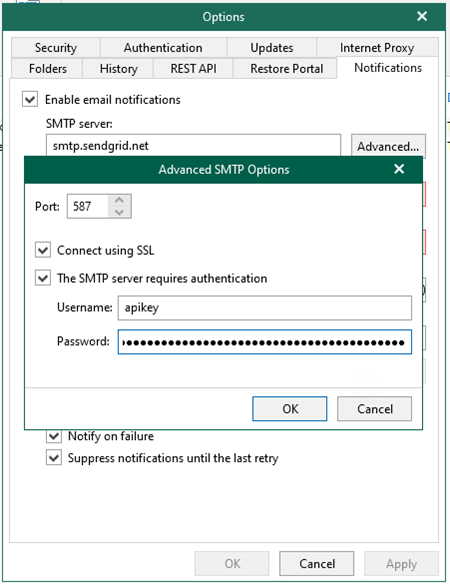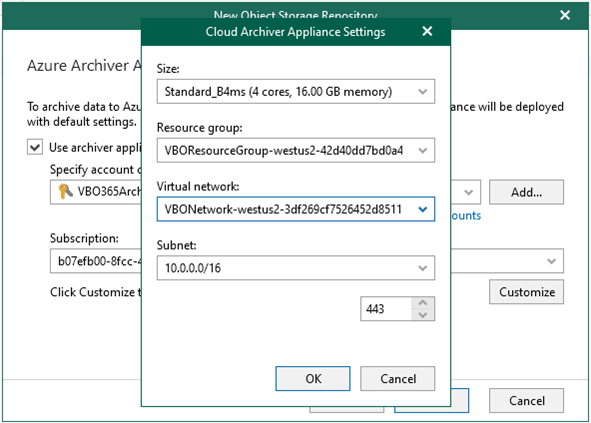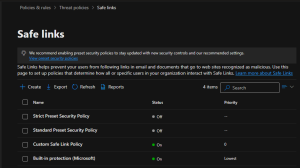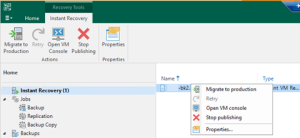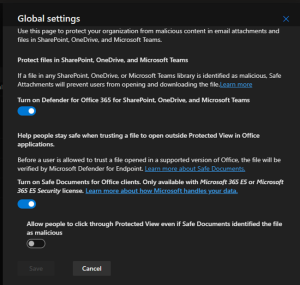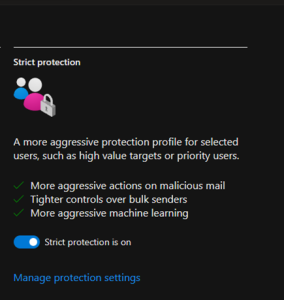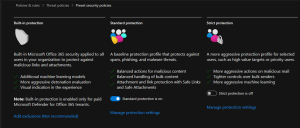You can restore exchange data from retrieved data if you have created an exchange...
Veeam Backup for Microsoft 365
To restore Microsoft Teams data, we use Veeam Explorer for Microsoft Teams. This tool...
We use Veeam Explorer for Microsoft OneDrive to restore Microsoft OneDrive for Business data....
We use Veeam Explorer for Microsoft SharePoint to restore data of SharePoint Online. This tool...
We use Veeam Explorer for Microsoft Exchange to restore Exchange Online data. This tool...
Data retrieval, like data backup and copy, is a job-driven process. First, you must...
Data retrieval, like data backup and copy, is a job-driven process. First, you must...
Data retrieval, like data backup and copy, is a job-driven process. First, you must...
Data retrieval, like data backup and copy, is a job-driven process. First, you must...
Veeam Backup for Microsoft 365 extends data protection and follows the same methodology as...
The procedure creates a backup job to backup the organization objects to Azure Blob...
Backup Jobs in Veeam Backup for Microsoft 365 can be configured to specify object...
You can create different tiers of backup jobs when creating backup jobs. For example,...
You can also configure notification settings in Microsoft 365 with an MFA-enabled account. This...
You can also configure Microsoft 365 for notification settings using a non-MFA account. This...
When adding Microsoft Azure Blob storage, different storage account types can be used for...
Network Attached Storage can also be a backup repository with Veeam Backup for Microsoft...
The following backup repositories can be added to the infrastructure with Veeam Backup for...
How to configure notification with Free SendGrid account of Azure for Veeam Backup for Microsoft 365
You can configure the SendGrid account as an SMTP relay for notification settings if...
The Azure archiver appliance is a small auxiliary machine in Microsoft Azure that is...
